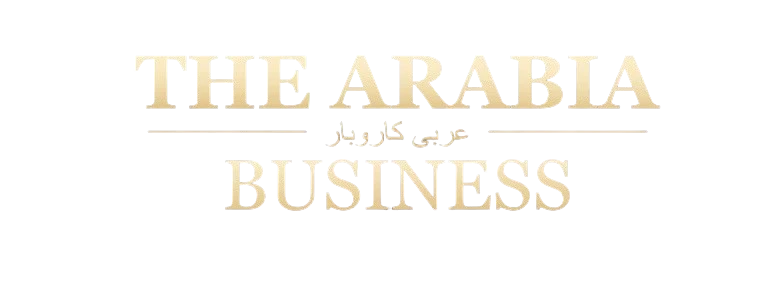
Blended and Online Learning in the Middle East: The New Education Normal
The Digital Revolution in Middle East Classrooms
The Middle East has experienced a seismic transformation in education driven by the COVID-19 pandemic. Conventional classrooms went online quickly, recasting the way learning occurs throughout the region. Although the transition was first reactive, online and blended learning is now an intentional, long-term strategy. In this new normal, blended learning—meaning face-to-face teaching complemented with digital material—is ubiquitous in addition to fully online solutions, promoting increased flexibility and access. The UAE, Saudi Arabia, Qatar, and Jordan are at the forefront of digital transformation. These countries believe that education today has to transcend physical schools to cover each student, irrespective of geography or situation. Blended learning enables customized education, promotes autonomous learning, and includes new technologies such as gamified learning applications, AI-powered tutors, and virtual simulations. With students becoming accustomed to digital-first learning, schools in the region are remaking education for a future more reliant on technology.
Government Leadership and Infrastructure Issues
Governments around the Middle East have been pivotal in making digital learning mainstream. The UAE led the way by implementing national e-learning platforms and opening institutions such as the Mohamed bin Zayed University for Artificial Intelligence. Madrasati in Saudi Arabia currently hosts millions of students as both a main and secondary learning environment. Virtual classrooms are now incorporated into the national curriculum in Qatar, while Jordan has collaborated with global tech companies to facilitate online learning. Though these advances have been made, infrastructure is still at the heart of the challenge. While urban centres have robust connectivity and access to devices, large sections of rural communities have access to little digital infrastructure. Unequal access to electricity, the internet, and technology tools threatens to increase the education divide. Governments and non-profits are taking steps to bridge these hurdles through device giveaway programs, affordable data plans, and rural broadband initiatives. Sustaining digital equity is important if blended learning is to extend to all learners in the region.
Empowering Teachers and Engaging Families
Perhaps the most significant changes in this shift have occurred within teaching. Trained teachers in traditional classroom environments were suddenly compelled to shift toward digital environments and virtual classrooms. Many were taken aback when they had trouble initially engaging learners online and applying assessment tools. Ministries of education responded with training initiatives devoted to digital pedagogy, content design, and using applications such as Zoom, Google Classroom, and Microsoft Teams. Teachers in countries like the UAE and Saudi Arabia have received extensive upskilling, allowing them to transition from traditional lecturers to digital facilitators.
Meanwhile, students are enjoying more autonomy over their learning pace and style,but also face challenges such as screen fatigue and reduced peer interaction. Parents have also assumed a bigger role—particularly for younger students—assisting in keeping study timetables in check, troubleshooting technology problems, and keeping learning at home on track. The increased parental support is changing the school-to-family relationship.
The Emergence of EdTech and Private Innovation
The growth of blended learning has spurred a boom in educational technology (EdTech) across the Middle East. Tech companies and startups are providing solutions from tutoring systems driven by artificial intelligence to virtual, immersive labs and bilingual learning solutions. Egypt and Lebanon, for instance, have witnessed an increase in Arabic-language EdTech platforms targeting regional content requirements. Global collaborations are also fueling innovation. Governments have partnered with technology giants such as Google, Microsoft, and Coursera to offer platforms and certification programs. The role of the private sector not only complements the efforts of the government but also provides scalable, locally applicable tools for long-term utilization. This vibrant EdTech ecosystem is now an integral component of the region’s education policy.
Blended Learning as a Sustainable Model
The Middle East’s adoption of hybrid and online learning is more than a pandemic-era response—it’s a future-proofing strategy. When schools reopen, many are opting for hybrid models that integrate face-to-face teaching with online learning solutions. These models provide resilience in times of crisis, adaptability for different learners, and alignment with the digital economy. Yet, there are still challenges to overcome. Infrastructure deficits, teacher capacity requirements, and student engagement need to be tackled on an ongoing basis. But the region’s commitment to education reform is evident. With strategic policies, public-private partnerships, and investment in digital capability, the Middle East is taking its place as a leader in 21st-century learning. Blended and digital learning are not trends—they are the key to a more inclusive, innovative, and sustainable education future.






